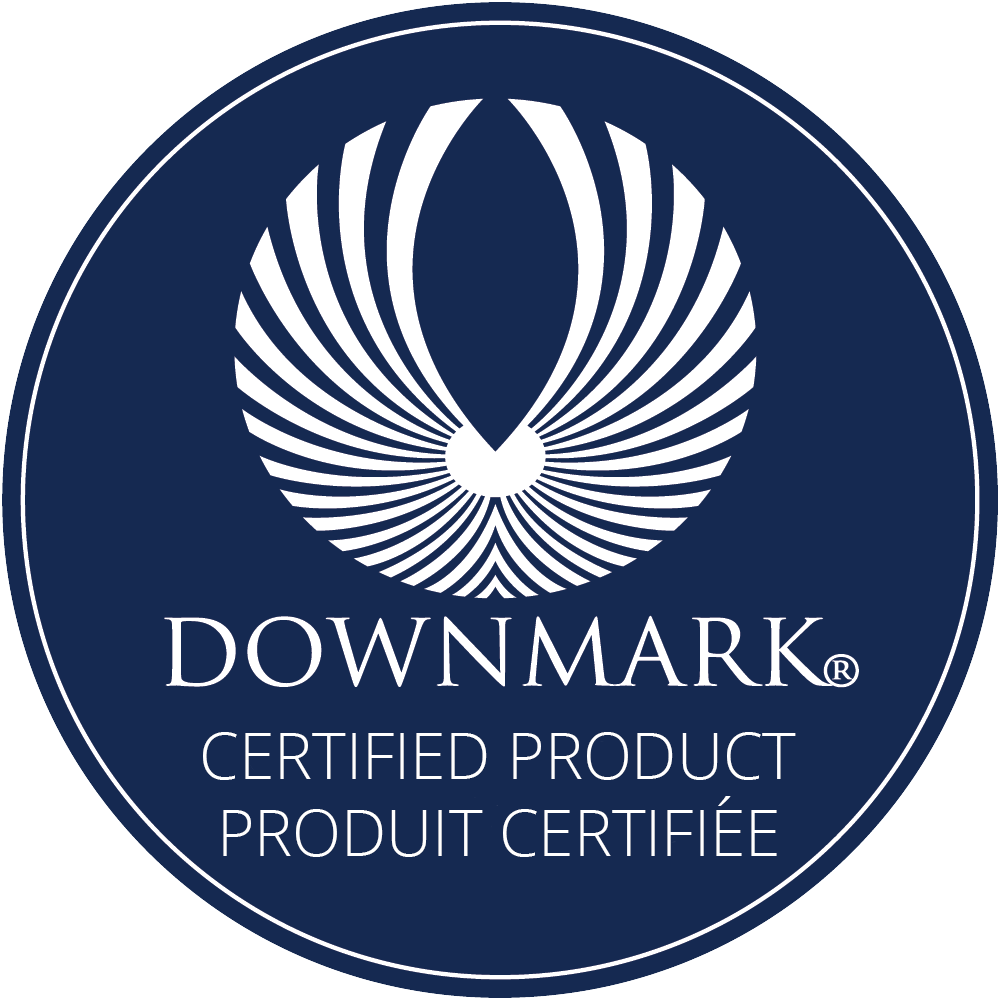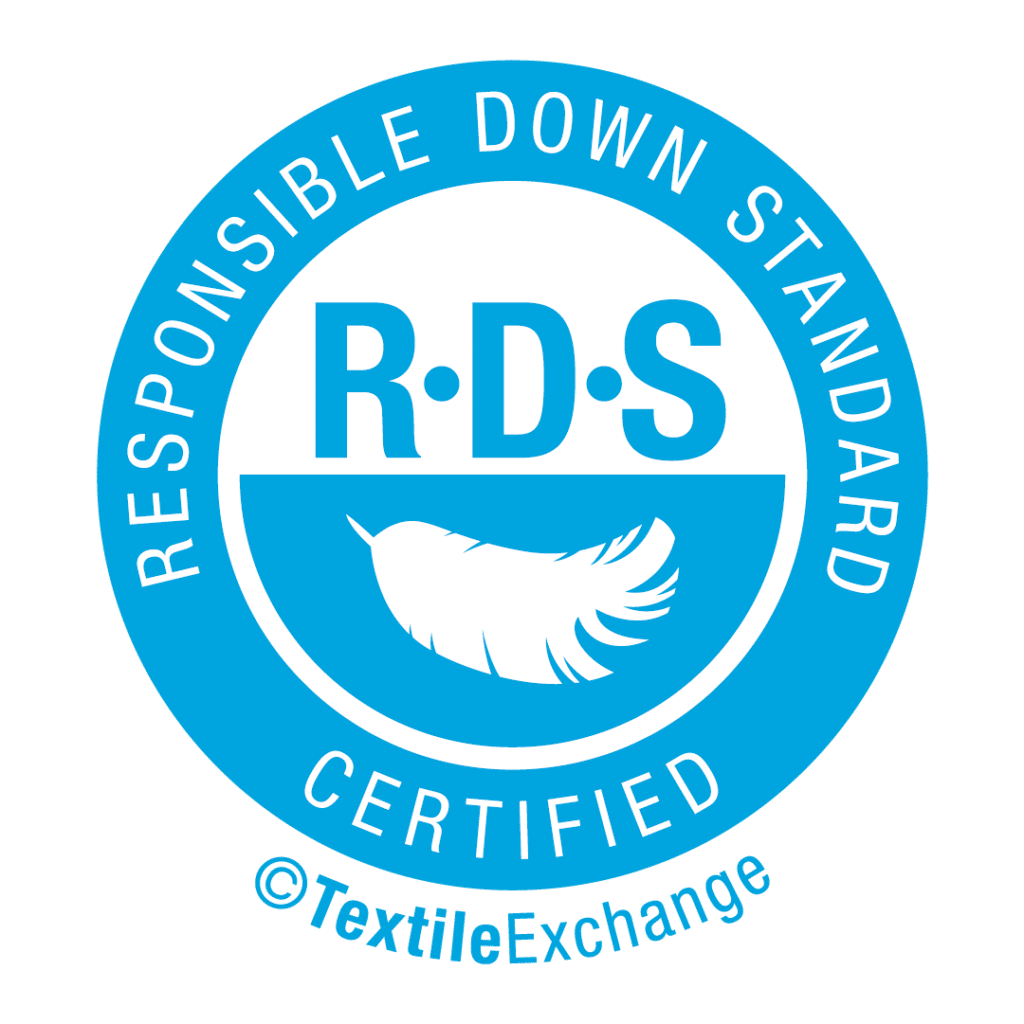Down is a fantastic bedding material, but its provenance is a problem for many ethical consumers. I am not at all convinced that by-product down is less cruel than down from animals specifically reared to be plucked. Here’s why.
Table of Contents
- By-product down comes primarily from ducks raised for meat, not raised just for their feathers like with many geese.
- Even where down is considered a by-product because it doesn’t bring in the majority of the cash from rearing and killing birds, this doesn’t tell us anything about how the birds were treated during their artificially short lives.
- While RDS certification is certainly an improvement over Downmark for identifying by-product down that is marginally less cruel, it’s definitely not a sign that down or feathers are cruelty-free.
What is by-product down?
Most duck down comes from ducks reared for meat or eggs. The down is considered a by-product of this industry and not the main purpose for breeding, raising, and slaughtering the birds.
By-product down is similar to leather and suede, where cows and calves are primarily killed for their meat rather than their skins. The down is a byproduct of animals raised for food.
Goose down is less likely to be considered a by-product, because goose down and feathers are typically plucked from live birds over the course of their lives.
With little demand for meat and a high demand for premium goose down, captive geese are increasingly reared for the down and not for meat. As such, the meat has become the by-product at the end of the goose’s miserable life.
Even where down and feathers comes from birds raised for meat, this doesn’t mean the birds are dead when they’re plucked.
Many birds are repeatedly plucked while they are still alive, which causes extreme pain. They are also often subjected to force-feeding and other inhumane practices.
Is by-product down less cruel?
Calling something a by-product is a bit of a misnomer. I’d even go so far as to say that this term is deliberately used to try to make products of animal cruelty seem less cruel and more palatable to consumers.
See also: The best down alternative coats
After all, even if a duck farmer doesn’t rear birds for their down or feathers first and foremost, they still profit from the down. The sale of by-product down continues to incentivize the industrial farming of ducks and geese.
Even where down is considered a by-product because it doesn’t bring in the majority of the cash from rearing and killing birds, this doesn’t tell us anything about how the birds were treated during their artificially short lives, nor the conditions of their slaughter.
The reality is that ‘by-products’ provide extra motivation to those already breeding and using ducks and geese for profit. Indeed, duck down and feathers can sometimes command a higher price than duck meat. Whether the meat or the down is the by-product is rather arbitrary in the modern world where there’s a captive market for both commodities.
How can you identify by-product down?


The Down Association of Canada is a non-profit organization which administers the Downmark® logo. This seal certifies that the down and feathers in a product come from birds killed for meat. This means that the down and feathers are considered a ‘by-product’ of the meat industry, like leather and suede.
The trouble with the Downmark certification is that it tells us nothing about the conditions in which the birds lived and died. And, again, just because something is a bonus product of a more profitable enterprise doesn’t make it any less cruel.
In contrast to Downmark, the Responsible Down Standard (RDS) does offer some assurance over the living conditions of the birds providing down and feathers.
The RDS seal
Does the RDS Seal matter for down bedding? It’s better than nothing.
One of the conditions of achieving RDS certification is that down and feathers cannot be removed from live birds.
In addition, birds are not allowed to be force-fed and the birds are required to have safe and healthy living conditions from hatching to slaughter.
What constitutes safe and healthy living conditions is debatable and debated. I suspect the birds themselves would have a different idea to the humans raising them for profit.
Final thoughts
As you might have gathered, I’m not convinced by the by-product argument.
And while RDS certification is certainly an improvement over Downmark for identifying by-product down that is marginally less cruel, it’s definitely not a sign that down or feathers are cruelty-free.
The only really cruelty-free down is eider down, with recycled down another option that avoids inflicting new harm on more birds.
Note, too, that RDS and Downmark don’t offer any assurances over how the down and feathers are processed. That means they could be de-odorized and sterilized using toxic chemicals such as formaldehyde.